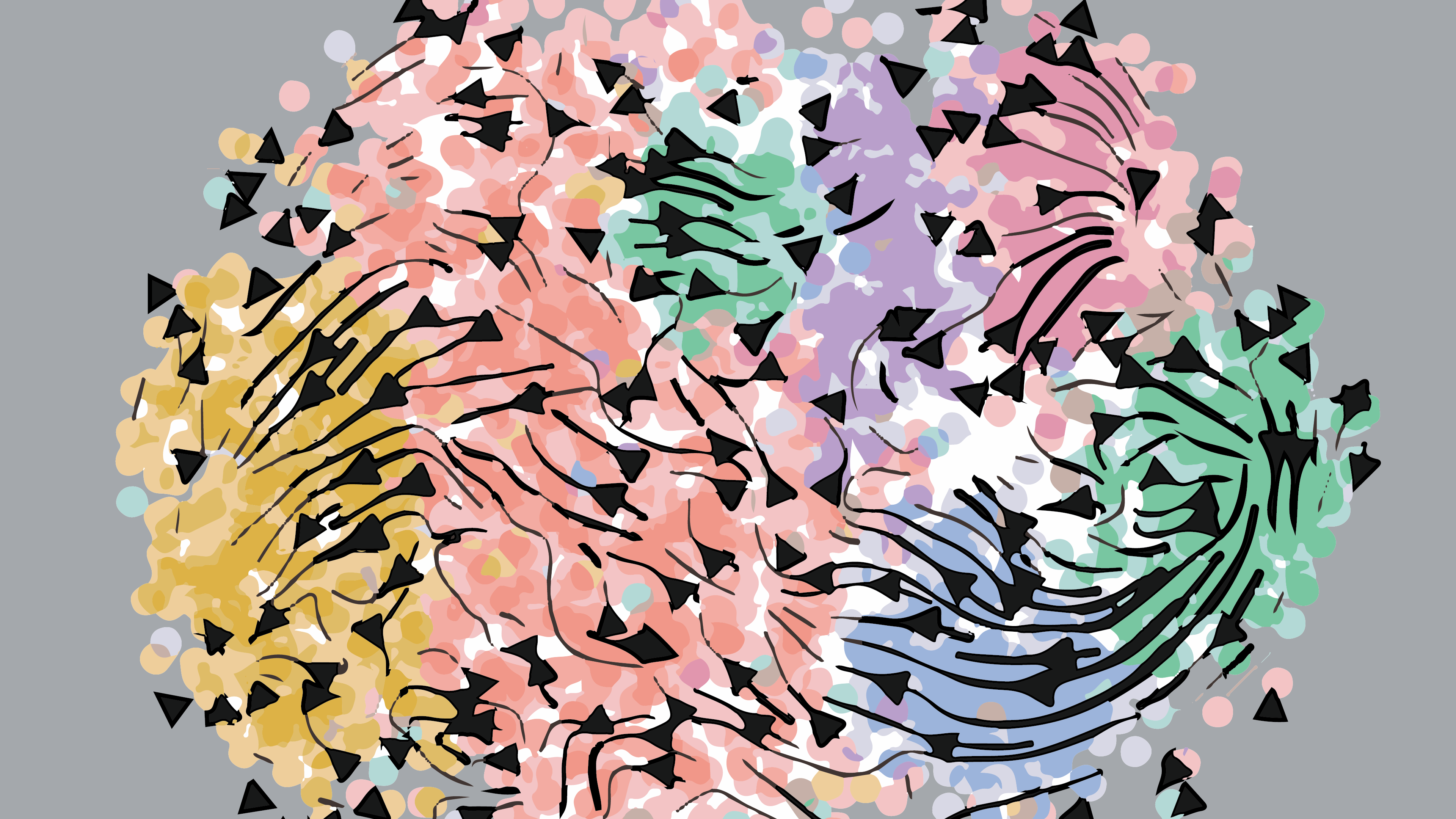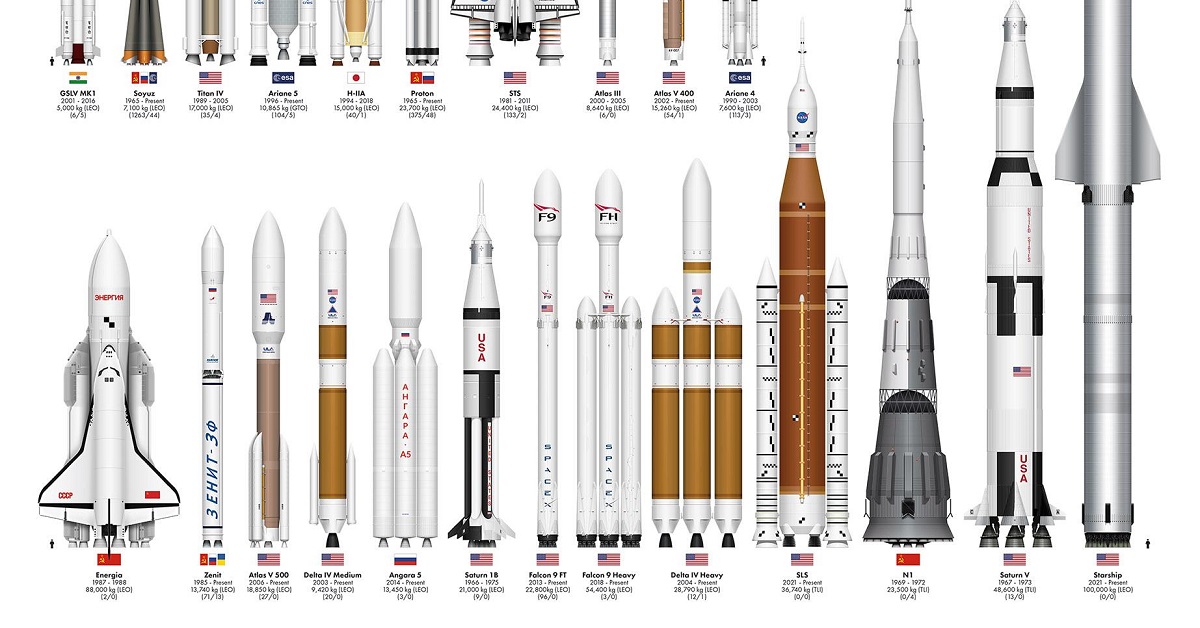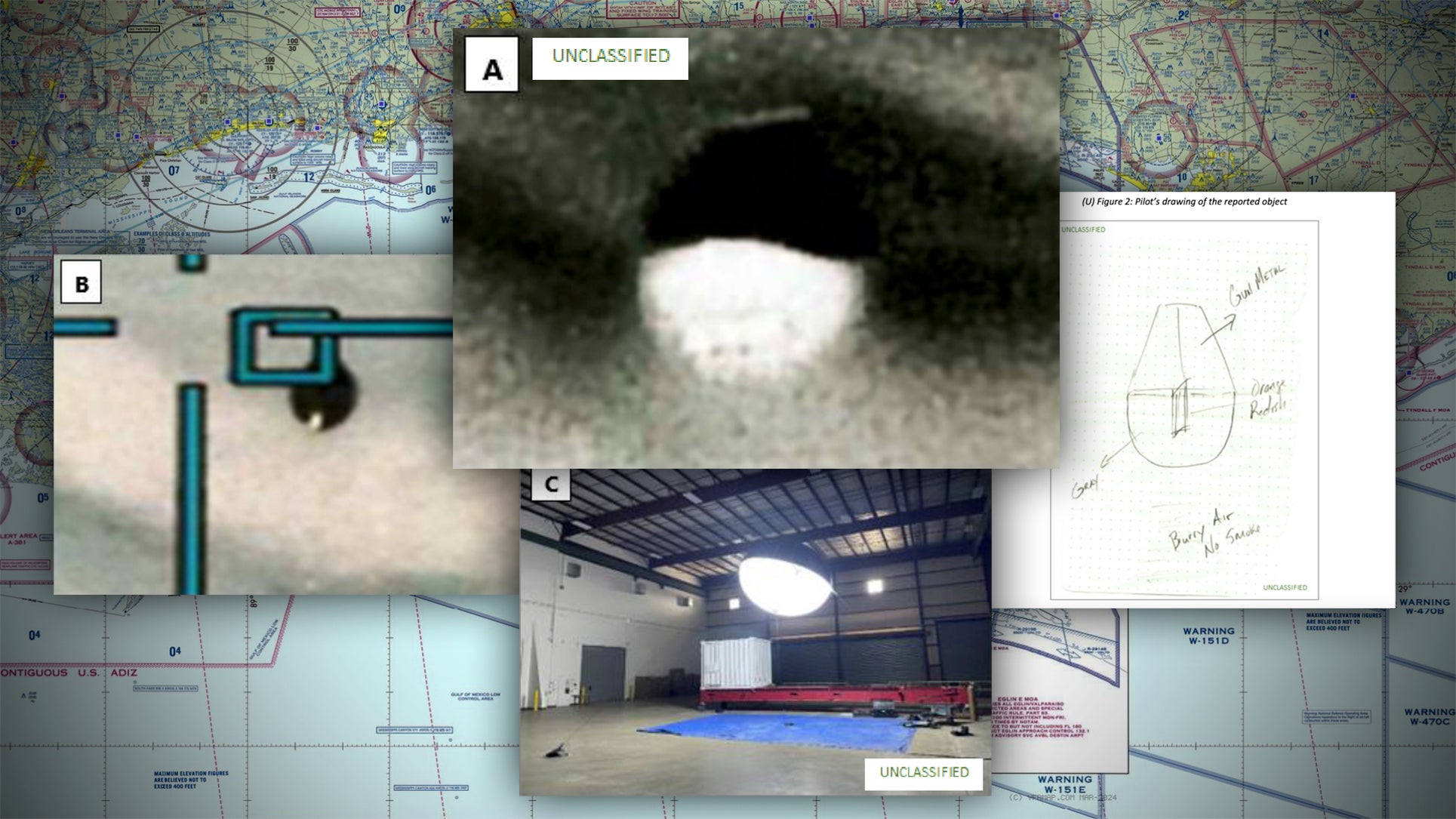
The Galileo Project: "Daring to Look Through New Telescopes"
The Galileo Project research group will aim to identify the nature of UAP and ‘Oumuamua-like interstellar objects using the standard scientific method based on a transparent analysis of open scientific data to be collected using optimized instruments.
A picture is worth a thousand words. For example, a megapixel image of the surface of a human-scale UAP object at a distance of a mile will allow to distinguish the label: “Made in Country X” from the potential alternative “Made by ETC Y” on a nearby exoplanet in our galaxy. This goal will be accomplished by searching for UAP with a network of mid-sized, high-resolution telescopes and detector arrays with suitable cameras and computer systems, distributed in select locations. The data will be open to the public and the scientific analysis will be transparent.
We anticipate extensive Artificial Intelligence/Deep Learning (AI/DL) and algorithmic approaches to differentiate atmospheric phenomena from birds, balloons, commercial or consumer drones, and from potential technological objects of terrestrial or other origin surveying our planet, such as satellites. For the purpose of high contrast imaging, each telescope will be part of a detector array of orthogonal and complementary capabilities from radar, Doppler radar and high-resolution synthetic aperture radar to high-resolution, large camera visible range and infrared band telescopes. If an ETC is discovered to be surveying Earth using UAP, then we have to assume that the ETC has mastered passive radar, optical and infrared technologies. In such a case, our systematic study of such detected UAP will be enhanced by means of high-performance, integrated and multi-wavelength detector arrays.


/cloudfront-us-east-2.images.arcpublishing.com/reuters/GZTQDVBU7JPOBJ73LAELU52K4Q.jpg)

















